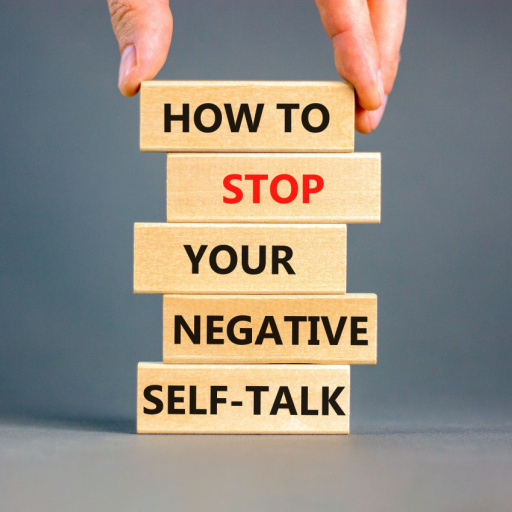Key Takeaways
- Spending long hours on the treadmill or exercising can become a problem before you even realize it.
- Exercising constantly, without giving your body the rest to recover, leads to overexercising.
- It can impact physical and mental well-being, causing burnout and poor immune response.
- Symptoms of overexercising include lack of appetite, muscle soreness, and mood swings, among others.
- You can stop overexercising by setting realistic goals and listening to your body’s rest and recovery needs.
If you have just started exercising or have been at it for a while, you would know how good it feels to be physically and mentally healthy and strong. It can be so stimulating that you may find yourself spending too much time on the treadmill or long hours at the gym, to the point where it may become an addiction. That’s when it becomes a real problem. In this blog, fitness expert Rahul Narang will explain why overexercising isn’t helping you and how to quit this habit.
What you need to know:
- Understanding overexercising
- Impact on physical health
- Impact on mental health
- Overexercising symptoms
- Strategies to quit overexercising
Understanding overexercising


Exercising is a means of staying physically healthy by improving cardiovascular fitness and improving your energy levels. It can even help you regulate your mental health by improving your mood, anxiety levels and quality of sleep. However, exercising works better only with adequate rest for the body’s recovery. People easily fall into the trap of overexercising without resting the body enough, and its effects are detrimental to both your physical and mental health.
You can stop overexercising before it is too late by knowing its impact and making a more realistic schedule for your well-being.
Impact on physical health
The impact of overexercising can be moderate to severe, depending on the individual’s condition. Overexercising can:
- Lead to burnout and increased muscle soreness.
- Cause poor immune response.
- Lead to an increase in cardiovascular stress and heart rate.
- Result in cases of hormonal imbalance and dysfunction.
Impact on mental health
Overexercising can lead to subtle changes that can have a severe impact on our mental health. It can:
- Increase stress and emotional burdens in addition to poor mood.
- Induce a feeling of being fatigued and physically drained.
- Affect your interpersonal skills and social life.
- Lead to low self-esteem and a feeling of lack of control.
- Ironically becomes a reason for indulging in vices such as smoking.
Overexercising symptoms

To stop overexercising, it is important to understand its symptoms and the physical and mental distress it may be causing:
- Overexercising can lead to a lack of appetite and affect your endocrine, gastrointestinal, and cardiovascular systems. Weight loss is a common side effect that can lead to more fatigue.
- It can cause increased muscle soreness and pain as well as make you more susceptible to injuries.
- Your immune system can be compromised as a result of overexercising and make you more prone to illnesses.
- Another common overexercising symptom is increased agitation, mood swings and irritability.
- Combined with poor mental health, inadequate or poor sleep can further cause mental health issues and a lack of motivation.
Strategies to quit overexercising


Setting realistic exercise goals
Set realistic goals with your exercises. Start slow and build on it. You can’t reach the peak in a week. Remember, it’s one step at a time.
Learn to listen to your body
When people say listen to your body, they really mean it. Our body tells us when things are great and when they are rocky. If you feel tired and weary, take a day or two off or consult a specialist.
Practising rest and recovery
Exercising has a systemic effect on the body. You need to recover fully before you start another day. Don’t be disheartened if you haven’t recovered on your ‘workout day’. Resting will only make you perform better the next time.
Seeking professional help
Seeking professional help is a must when overexercising has had enough detrimental effects on your body. This can mean working with fitness experts while exercising or consulting doctors if the condition is severe.
Overexercising is a hurdle to your real goal of being physically and mentally fit. It is best to work with fitness experts to quit overexercising and have a balanced training schedule.
Stay tuned to the Activ Living Community. Keep up to date with the latest health tips and trends through expert videos, podcasts, articles, and much more in nutrition, fitness, mindfulness, and lifestyle conditions like Asthma, Blood Pressure, Cholesterol, and Diabetes. Activ Living ke saath sahi sehat ki shuruaat ABHIkaro.
You may also be interested in the following blogs:
- Top Three Types Of Balanced Exercises For Everyday Stability And Fitness
- The Dangers Of Prolonged Sitting And How To Overcome It For A Healthier Lifestyle
Popular Searches
How to lower blood pressure | Fruits good for liver | Unhealthy foods | Ragi Benefits | Basal Metabolic Rate | Acupressure points for High Blood Pressure | Ayurvedic medicine for blood pressure | How to control cholesterol at home | Homeopathy for Asthma | Biological Age | Home remedies for TB | Natural beta blockers | Negative effects of internet | Types of walking | Blood pressure calculator | Blood sugar calculator | BMI Calculator













